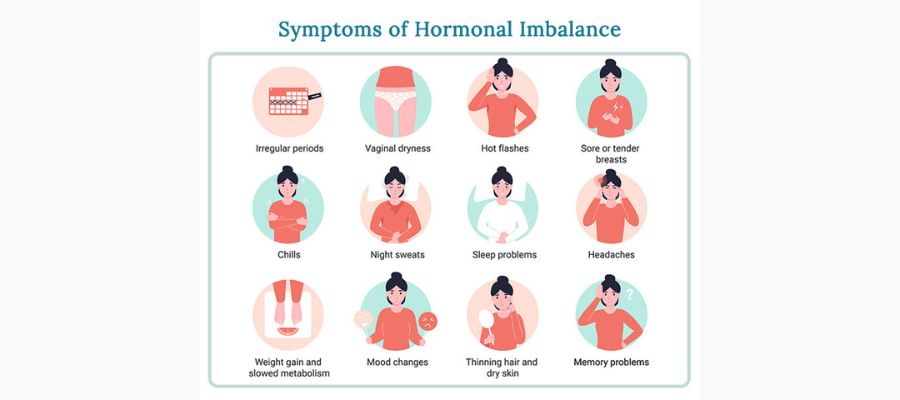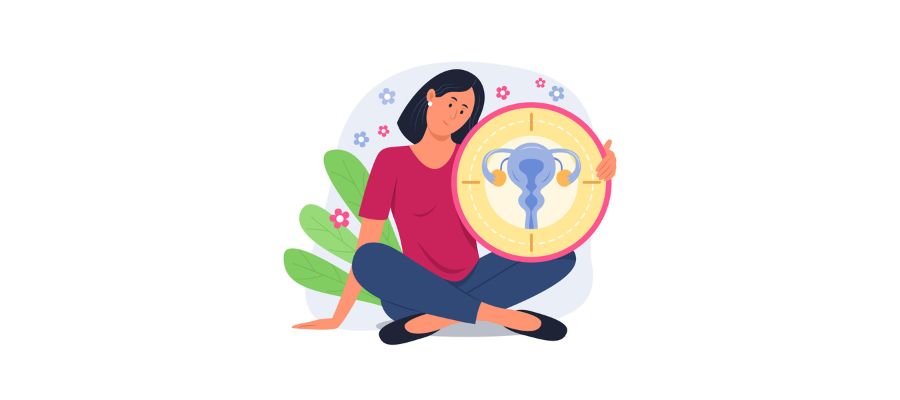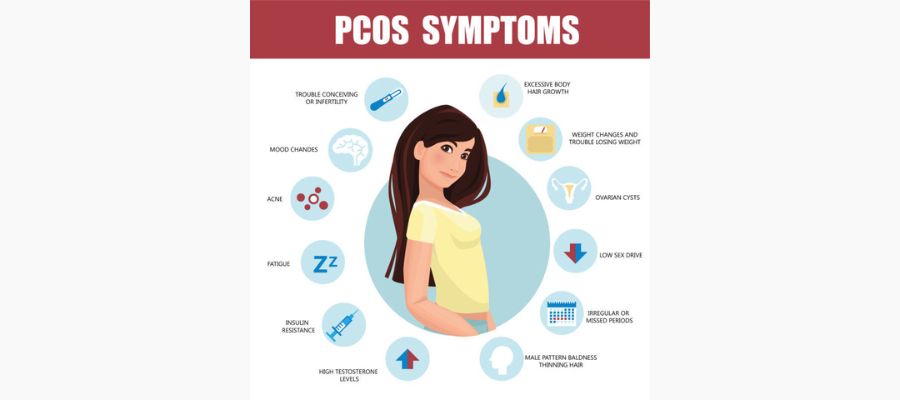
SCIENTIFIC NAME: Boerhavia diffusa
HINDI NAME: Punarnava, Gadapurna or Biskafra
ENGLISH NAME: Hogweed
FAMILY: Nyctaginaceae
SHORT DESCRIPTION
The Punarnava plant is classified as a "Rasayana" in Ayurveda, which means it rejuvenates the body by draining toxins from dhatus, or bodily tissues, and helps nourish cells. Punarnava has a sweet, bitter, and astringent taste (or rasa with a light and dry flavour) as well as a hot potency. Its bioactive components aid to balance the Tridoshas as well as efficiently eliminating the poisons or ama from the body.
USES & HEALTH BENEFITS
- Anti-bacterial action
- Helps in diabetes management
- Liver-protective action
- Amazing for breast cell rejuvenation due to its estrogenic
- Anti-fibrinolytic activity activity
- Helps in kidney functioning
- Anti-helminthic property
- Amazing for eye diseases like cataracts, corneal opacity and watery & itchy eyes
- Has anti-arthritic action
- Aids in weight management
- Diabetic-friendly herb
PRECAUTIONS & SIDE EFFECTS
- Children under the age of 12 are not advised to use this product.
- Suggested to use with caution if pregnant or breastfeeding or as advised by the expert.
- By consuming in sufficient quantities, one can avoid adverse implications while reaping the advantages.
HOW TO USE
- Punarnava is usually used together with Bhumyamyalaki and Katuki, to eliminate toxic waste and cleanse the blood of impurities.
- Take punarnava with milk or water twice a day on an empty stomach or an hour before a meal, or as directed by an ayurvedic doctor for specific ailments.
- Drink 1-2 tsp of punarnava leaf juice mixed with water, twice a day before meals to alleviate the symptoms of UTI, obesity, and excessive blood sugar levels.
- Mix ½ to 1 teaspoon punarnava leaf paste with cow's milk. Take this remedy to help the female reproductive system function better.









